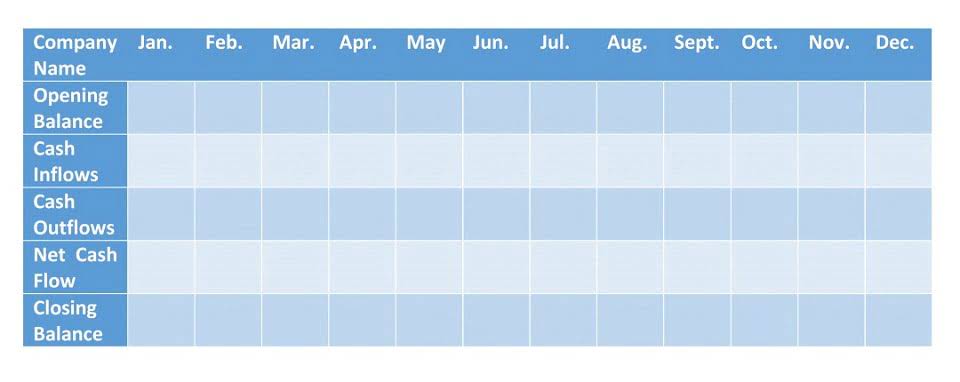
Some businesses use annual compensation as total annual income a way to measure your earnings. This refers to your yearly salary plus any other benefits you receive from your employer in financial perks, like bonuses, commissions, paid time off (PTO) and other fringe benefits. You may also have other types of income, such as gains on proceeds from stock sales or interest from financial accounts. Say you wish to calculate your annual income, and your employer says you will make $25 per hour at a new job. Assuming you put in eight working hours per day, five days per week and 50 weeks per year, you can calculate your annual income with any of the above time metrics. This is the amount of income you receive before taxes or deductions; if your only source of income is a yearly salary, this number reflects your pre-tax income.
Insurance Needs

Please review the applicable privacy and security policies and terms and conditions for the website you are visiting. Discover Bank does not guarantee the accuracy of any financial tools that may be available on the website or their applicability to your circumstances. For personal advice regarding your financial situation, please consult with a financial advisor. We’ll be in your inbox every morning Monday-Saturday with all the day’s top business news, inspiring stories, best advice and exclusive reporting from Entrepreneur. We put together a list of the best, most profitable small business ideas for entrepreneurs to pursue in 2025. Check out Entrepreneur’s other articles for more information about income and other financial topics.
What is annual household income?

The individual’s gross income every two weeks would be $1,923 (or $50,000 divided by 26 pay periods). When preparing and filing your income tax return, gross annual income is the base number you should start with. By calculating your gross income, you’ll have a better idea of whether you’ll owe taxes and how much. Lenders and banks will also use your gross annual income to qualify you for a loan or a credit card. When it comes to annual income, there are a lot of nuances to keep in mind.

Hourly, Daily, Weekly, Monthly Income Conversion
Our linking to these sites does not constitute an endorsement of any products, services or the Keep Records for Small Business information found on them. Once you link to another site you are subject to the policies of the new site. The SIPP Technical Documentation includes information on confidentiality protection, methodology, sampling and nonsampling error and definitions. The Source and Accuracy Statements contain information about calculating measures of statistical uncertainty. Unless otherwise noted, all comparative statements have undergone statistical testing and are statistically significant at the 90% confidence level. Census Bureau data tool breaks down the source of personal income for different population groups and socioeconomic characteristics.
- Gross net income, on the other hand, is your annual income after you deduct taxes and other expenses.
- It represents the employee’s earnings before taxes and deductions, excluding benefits like health insurance, stock options, or retirement contributions.
- This article will break down different sources of income, and discuss how to accurately calculate annual income from hourly, daily, weekly, or monthly earnings.
- Even if you just want to know whether you’d be pre-approved for a credit card, your annual income is one of the factors used to determine whether you may qualify.
Employees who earn a wage are paid based on a rate that is multiplied by the number of hours or days they worked during a period. For example, income from government transfer programs on average accounted for only 2% of total income among U.S. adults ages 18 and older in 2022. Job evaluation assesses roles based on experience and education, ensuring compensation aligns with qualifications and the total compensation package. Compensation and Benefits Program Design offers expert advice on creating competitive compensation and benefits programs that align with total compensation package planning.
When you’re asked for your annual income, you’ll probably have to income statement provide either your gross income or your net income, and sometimes both. It’s essential to understand the difference between gross and net income so that you can make sure you write the correct number for whatever a particular form is asking you for. If you’re filling out a credit card application, you’ll need either your gross or net income.
How to calculate annual net income
- Annual income refers to how much income you earn in one year before deductions.
- One of the key metrics that plays a significant role in employee remuneration is total cash compensation.
- Census Bureau data tool breaks down the source of personal income for different population groups and socioeconomic characteristics.
- For example, if your business brings in $10,000 per month, you can expect it to accumulate about $120,000 annually.
- If you are calculating your personal annual income, you’ll want to tally up your Social Security and job income.
This figure reflects the UK’s position as a developed economy with a diverse economic landscape shaped by its service-oriented industries, financial sector, and manufacturing base. The UK’s average income places it among the higher-income countries globally. The average annual income differs largely from country to country due to various factors such as population, and method of productivity (capital-intensive or labour-intensive). Employees who receive a salary are paid the same amount periodically, regardless of how many hours or days they work over the time period.
What Sources of Income Do People Rely On?
You can either go by a calendar year, which is January through December, or a fiscal year, which the federal government defines as October through September. Note that different companies have different fiscal years, which are set up for budgeting and financial purposes. Your annual income is useful when you’re filling out a credit application, but you can also use it in daily life too. Only include what you’re actually paid (individually), not the total amount your business brings in.
